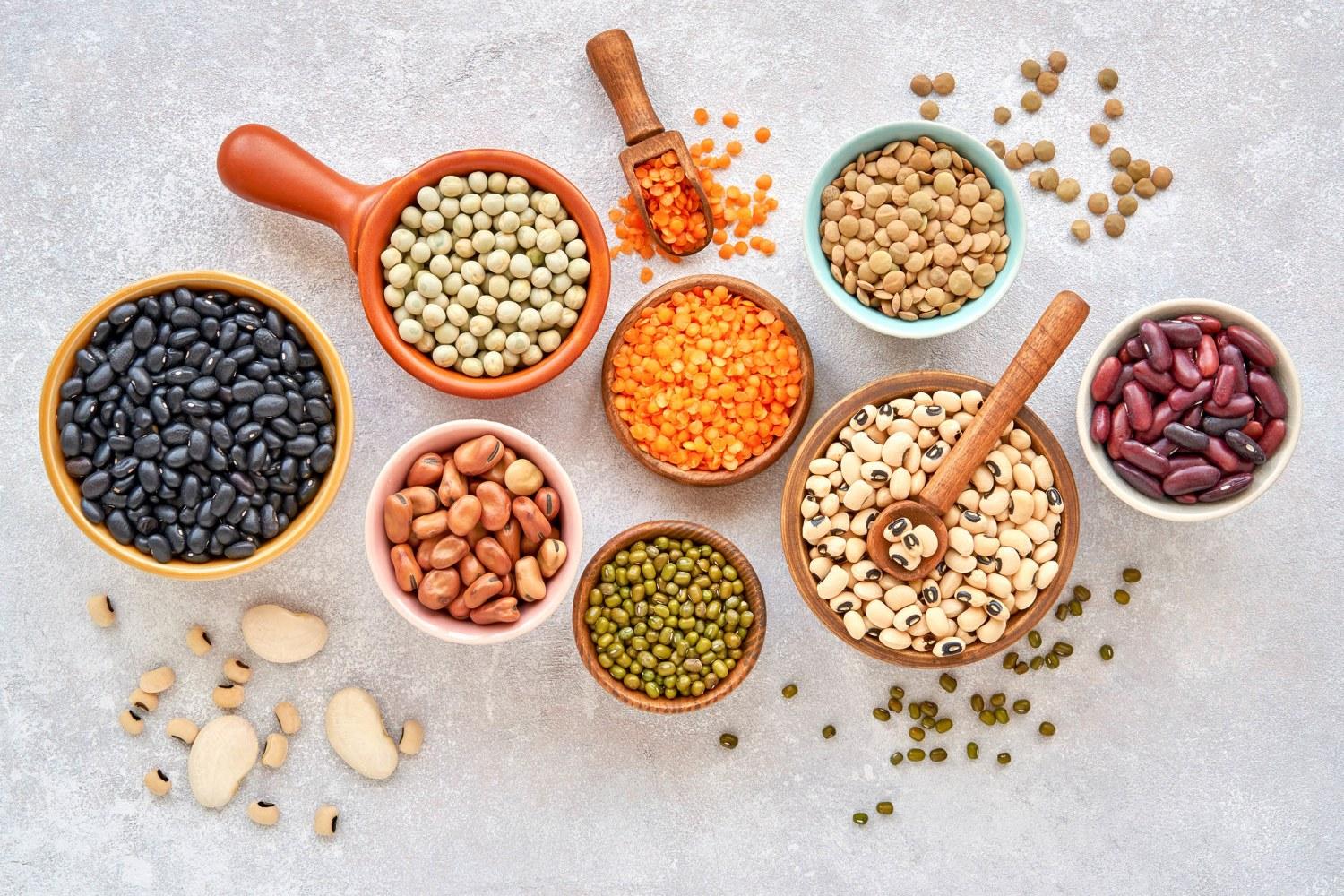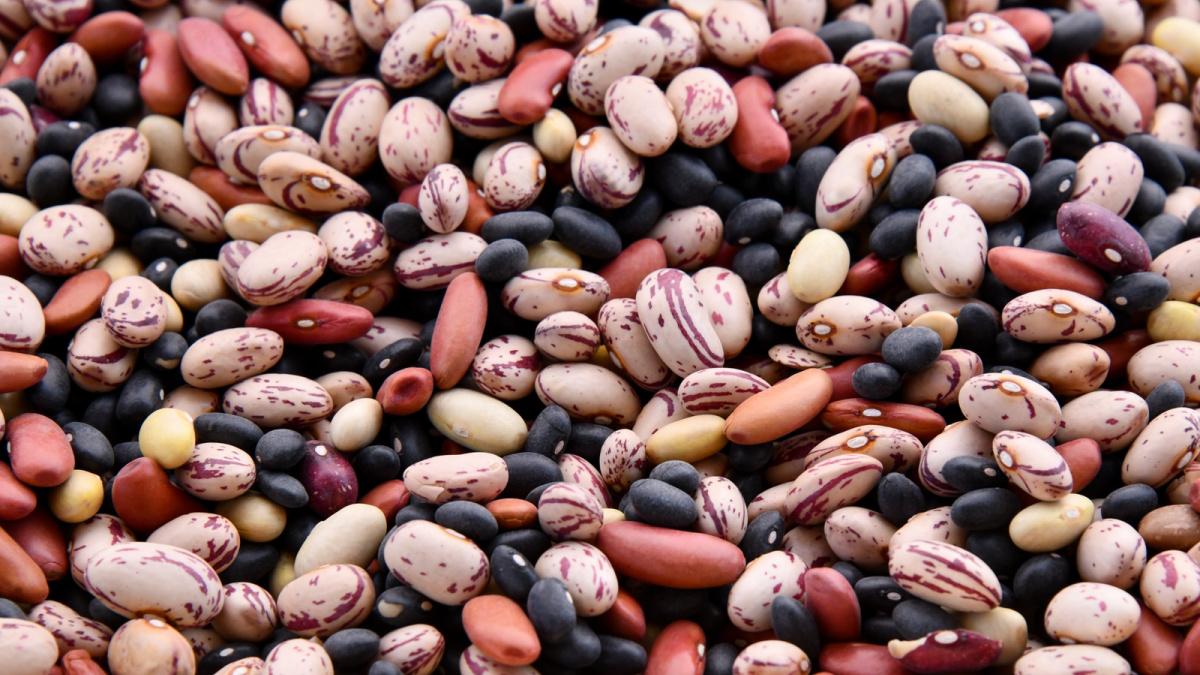Beans: tiny nutritional powerhouses that often get overlooked in our daily diets. Whether nestled in a hearty chili or sprinkled atop a vibrant salad, these humble legumes pack a serious punch when it comes to health benefits. From protein-rich varieties to those brimming with essential minerals, some beans stand out as nutritionist favorites. In this exploration of nature’s edible gems, we’ll uncover five bean types that not only tantalize the taste buds but also deliver a remarkable array of nutrients, offering a delicious path to optimal wellness. When it comes to nutritional powerhouses, beans reign supreme in the world of plant-based proteins. Black beans top the charts with their impressive nutritional profile, packed with antioxidants, fiber, and essential minerals. Their deep, rich color signals high levels of anthocyanins, known for combating inflammation and supporting heart health.
Kidney beans follow closely, offering a robust nutrient package. These burgundy-colored legumes deliver significant amounts of iron, potassium, and folate. Their dense texture makes them perfect for hearty chili, robust salads, and warming stews that provide sustained energy throughout the day.
Chickpeas, or garbanzo beans, emerge as another nutritional superstar. Versatile and creamy, they’re loaded with protein and complex carbohydrates. Transforming easily into hummus, roasted snacks, or salad additions, chickpeas support digestive health and help stabilize blood sugar levels.
Navy beans offer a subtle flavor with remarkable health benefits. Their white, delicate appearance masks an impressive nutritional punch. High in soluble fiber and low in fat, these beans excel at supporting cardiovascular wellness and promoting healthy gut bacteria.
Pinto beans round out the top five, delivering a classic southwestern flavor profile. Somewhat softer than other varieties, they’re rich in magnesium and help regulate blood pressure. Their creamy texture makes them ideal for refried beans, burritos, and comforting soups.
Preparing beans requires thoughtful techniques to maximize nutrition and digestibility. Soaking overnight reduces potential digestive discomfort and enhances nutrient absorption. Rinsing canned beans can lower sodium content, while cooking from dry beans allows more control over preparation.
For optimal enjoyment, experiment with different cooking methods. Roasting chickpeas with spices creates crunchy snacks, while blending black beans into brownies adds unexpected nutritional depth. Incorporating beans into weekly meal plans ensures diverse protein sources and sustained energy.
Consider rotating bean varieties to access a broad spectrum of nutrients. Each type offers unique benefits, preventing nutritional monotony and supporting overall wellness. Whether mashed, whole, pureed, or baked, beans provide an accessible, affordable pathway to enhanced dietary health.
Nutritionists consistently recommend incorporating these legumes into balanced eating patterns. Their combination of protein, fiber, vitamins, and minerals makes them compelling alternatives to animal-based proteins. From supporting muscle recovery to promoting digestive harmony, beans represent a nutritional cornerstone worth embracing.






